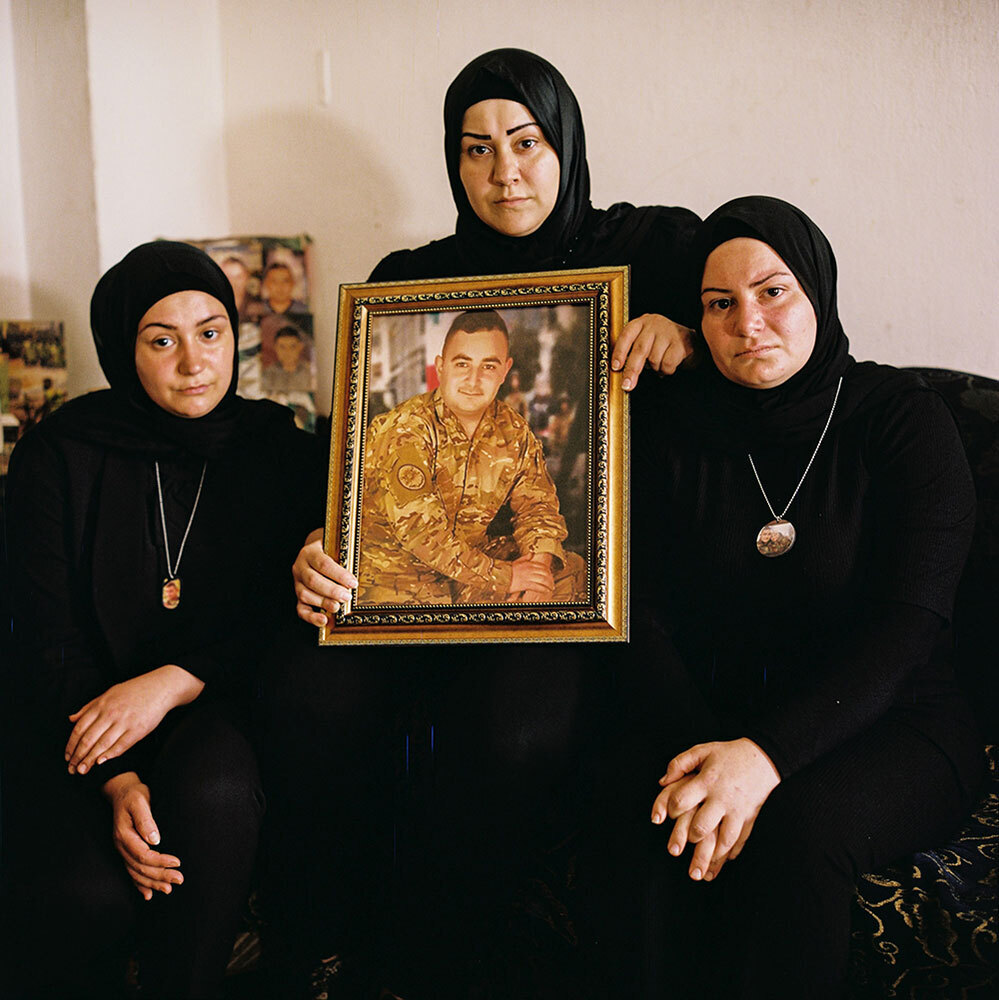
|
|
PHOTOGRAPHS BY RENA EFFENDI
|
|
|
By John Hoeffel, Editor at Large
Days after an explosion ripped through Beirut, nearly a year ago, writer Rania Abouzeid and photographer Rena Effendi began covering this tragedy. Shattered glass and rubble littered the streets. People were still missing. Families were dazed. The grieving began then, and it has not ended. Abouzeid and Effendi have stayed with the story, remaining in touch with families they met in those early days.
“This was a very difficult, delicate story to report,” Abouzeid explains. “The pain of the families is still raw a year later.” (Pictured above, the three sisters of Hamze Eskandar, a soldier killed in the blast.)
For Abouzeid, a Lebanese-Australian journalist, this story was particularly hard to cover. Her own home in Beirut was damaged in the blast zone. “It was surreal and painful to be part of a story that I was also reporting,” she writes.
Lebanon, one of the Middle East’s most vibrant multisectarian states, was once a thriving hub of education, medicine, and culture. But Abouzeid has watched as the same leaders whose negligence is blamed for the explosion, which was caused by ammonium nitrate improperly stored at the port, have steered the country into one disaster after another. The World Bank says Lebanon’s collapse is one of the worst crises since the middle of the 19th century.
In their story about Lebanon a year after the blast, Abouzeid and Effendi focus on three families who lost children in the explosion at the port, one a firefighter and two who served in the military. “Those killed that horrible day weren’t just numbers, cold casualty figures,” Abouzeid writes. “They were somebody’s son, somebody’s mother, somebody’s fiancé, and those somebodies have struggled to find a way to live with their immense loss.”
|
|
|
|